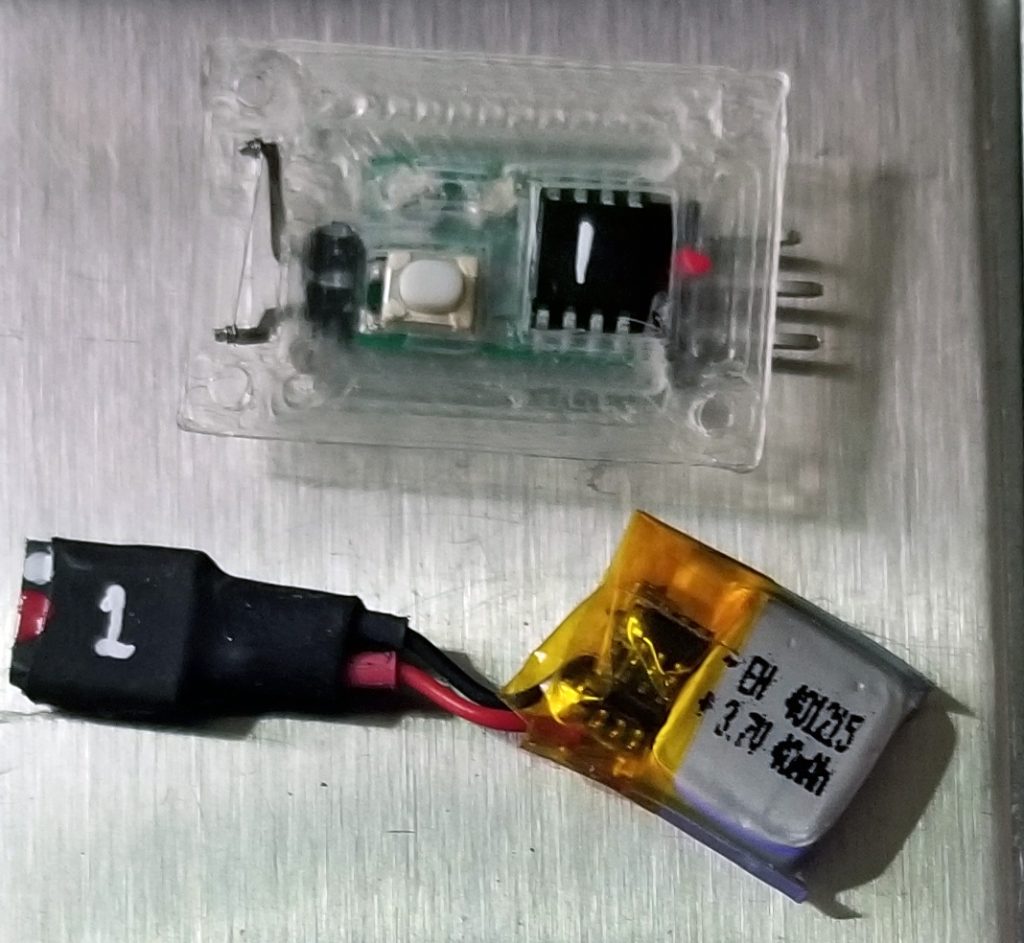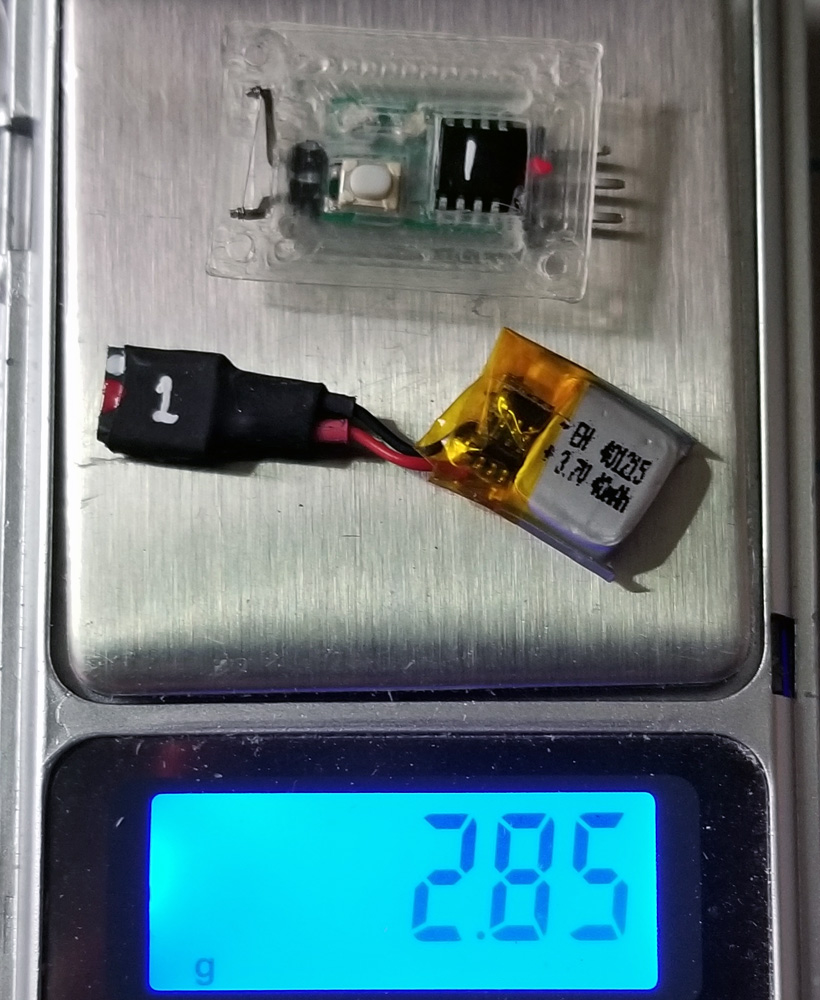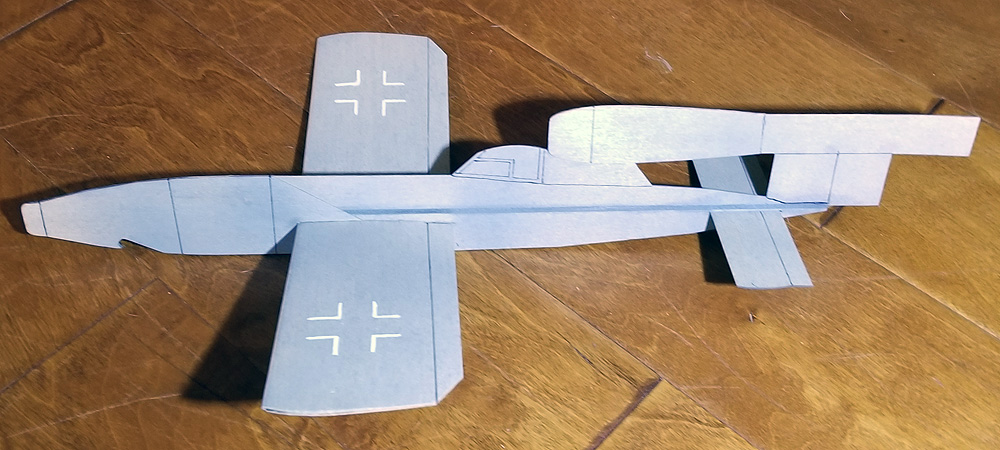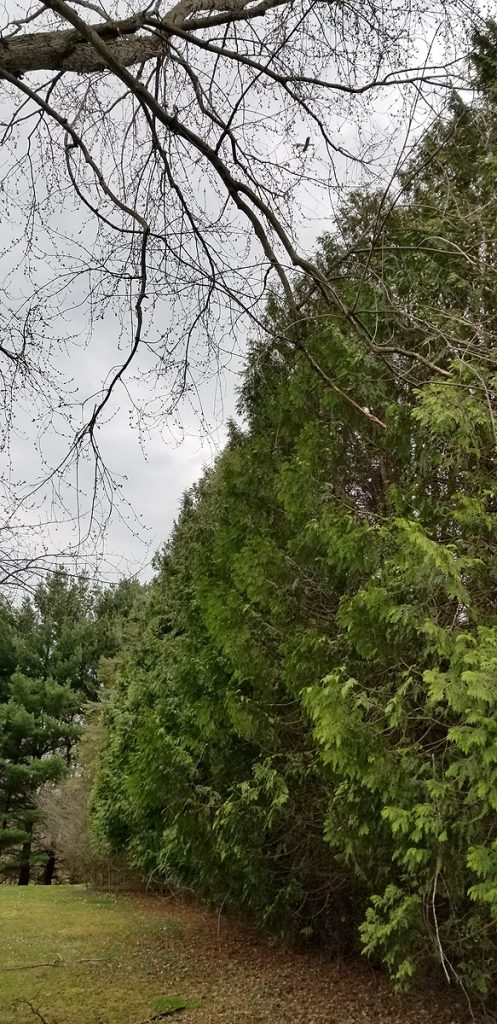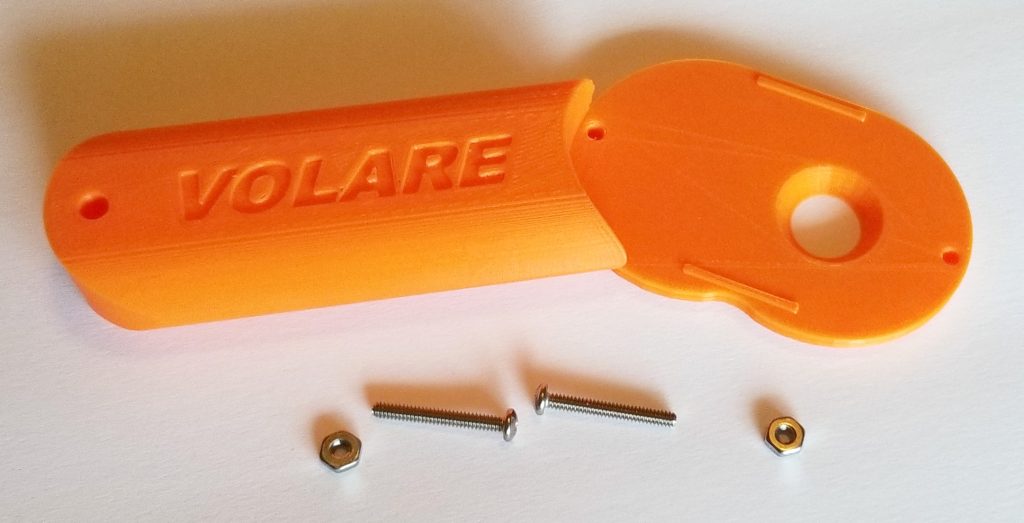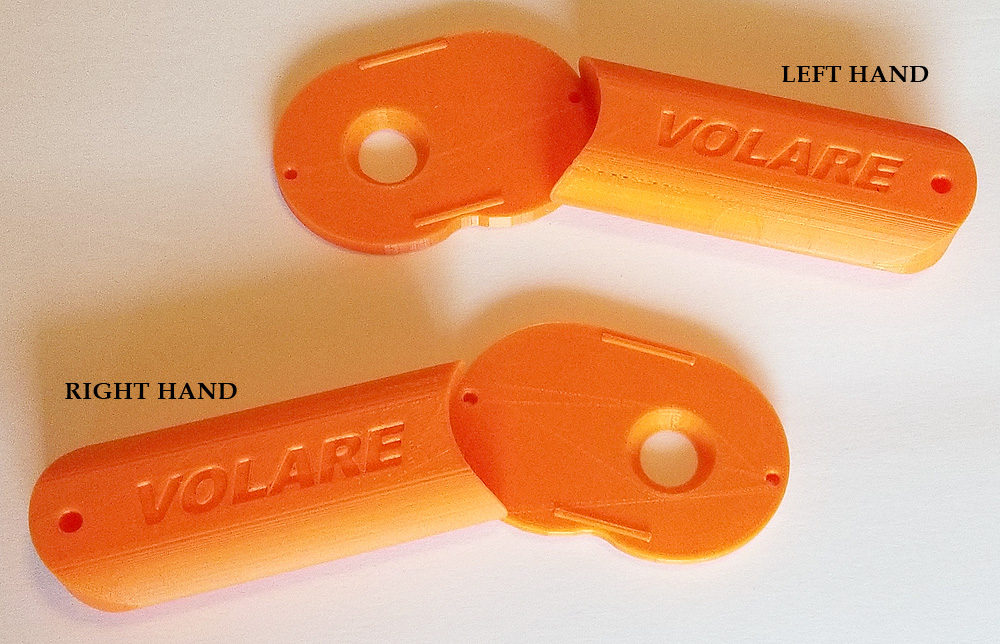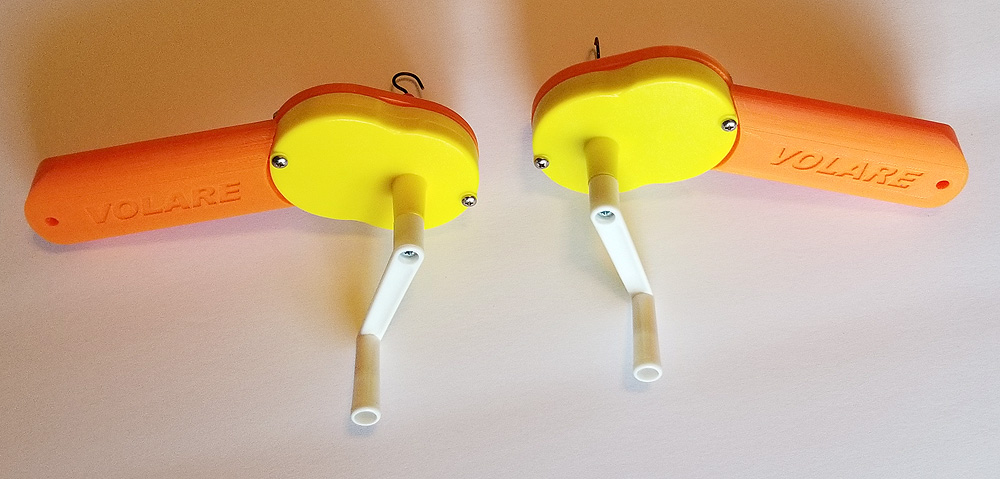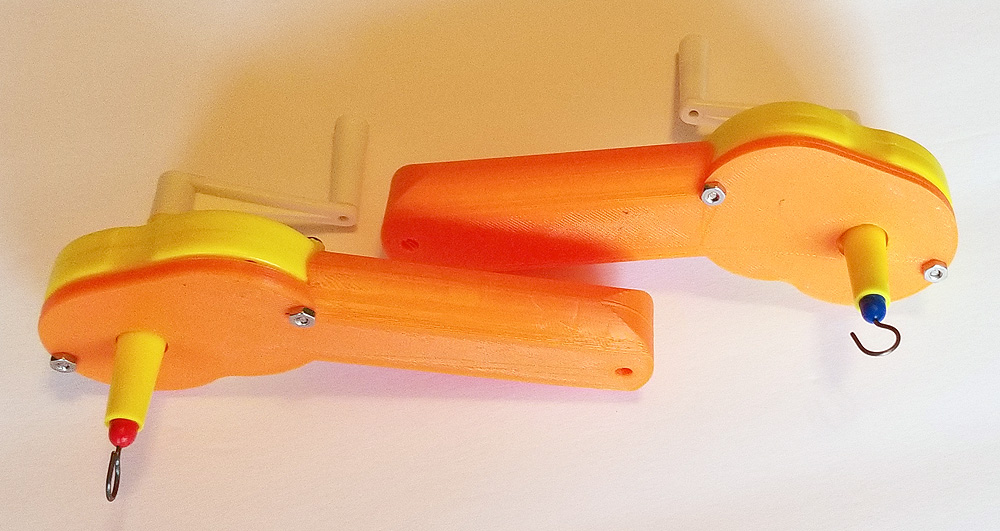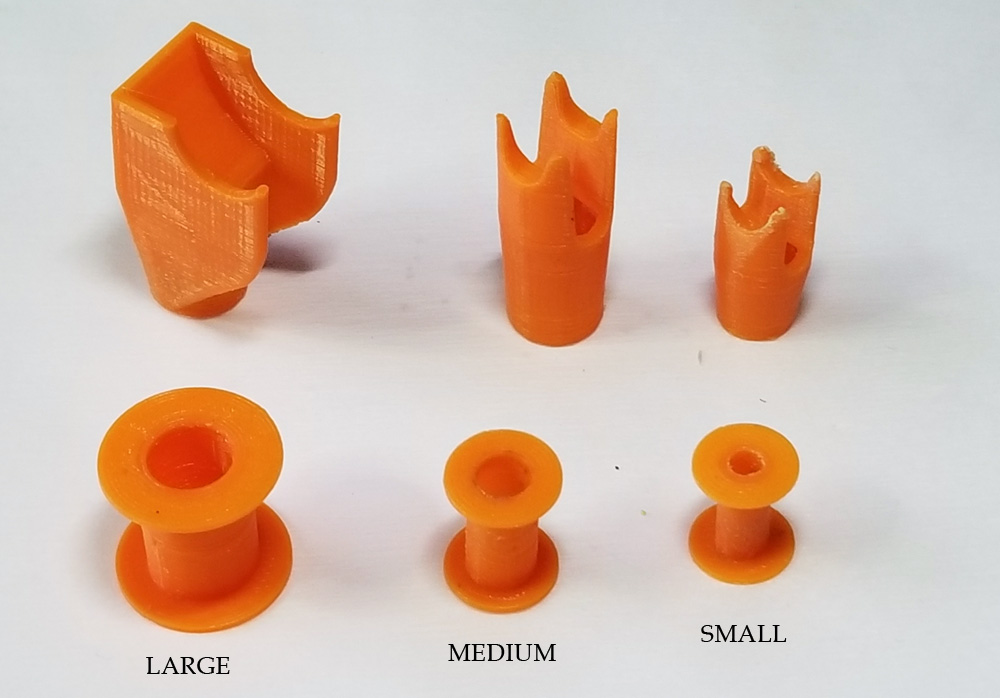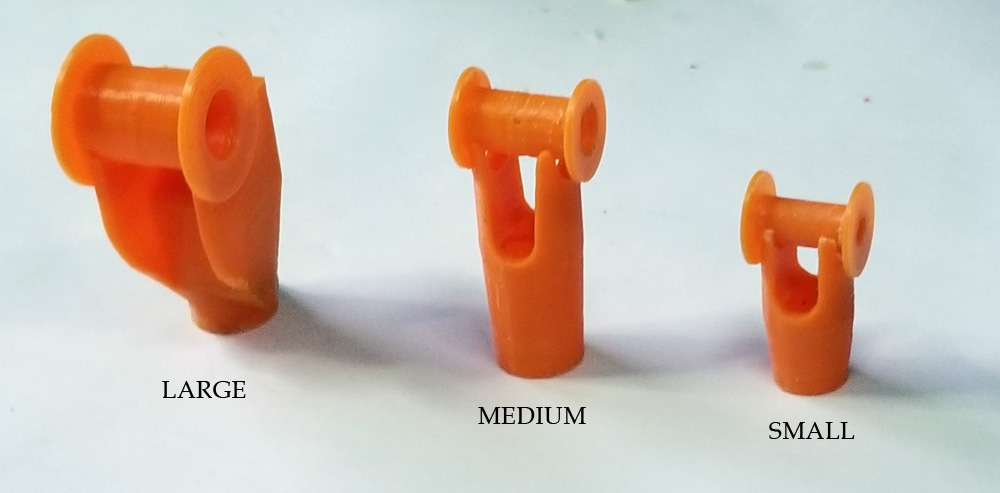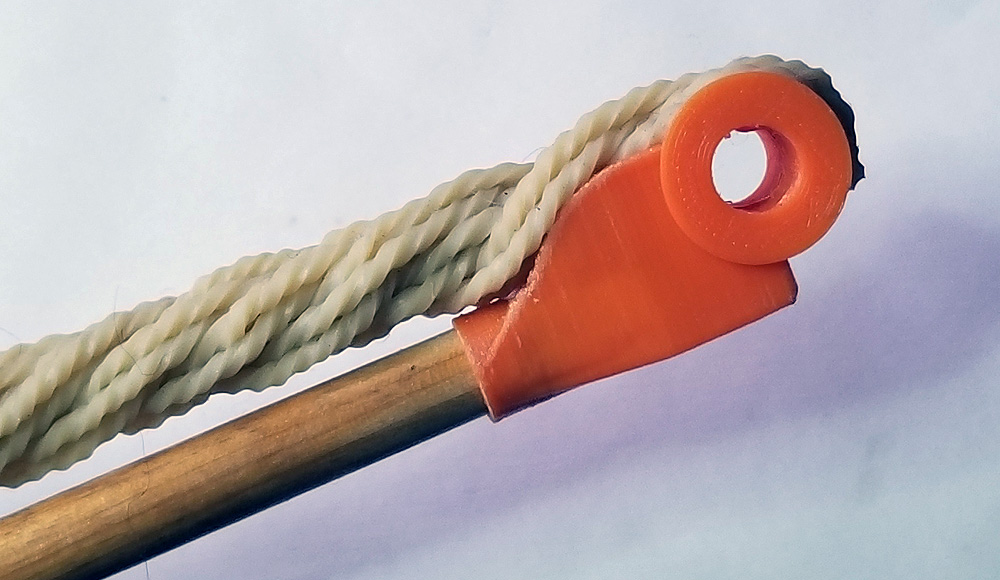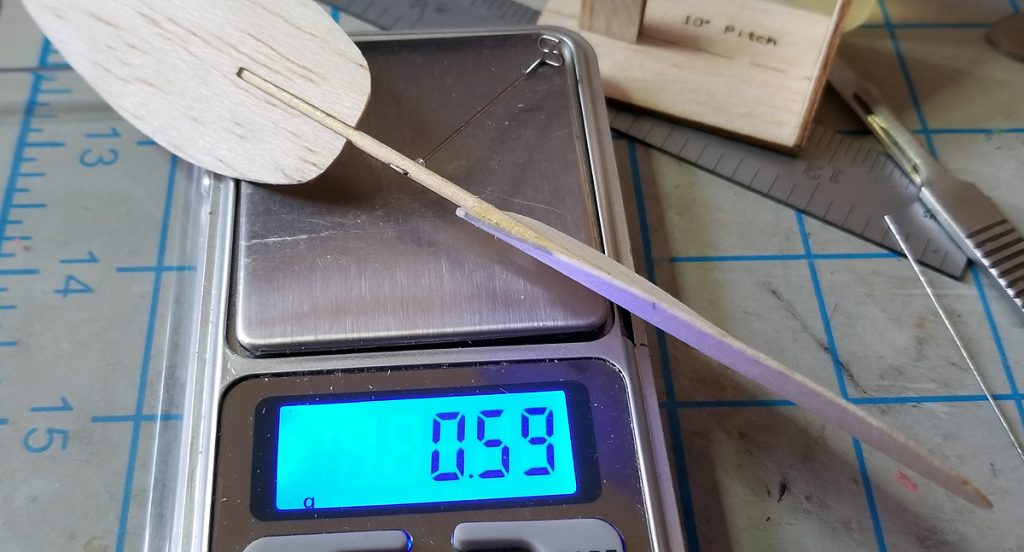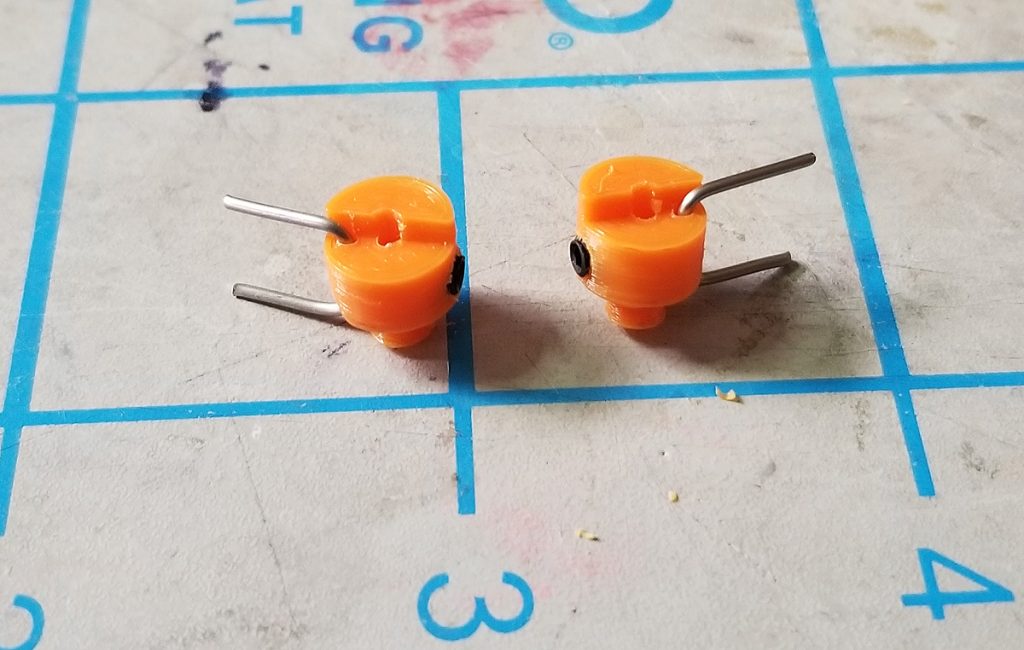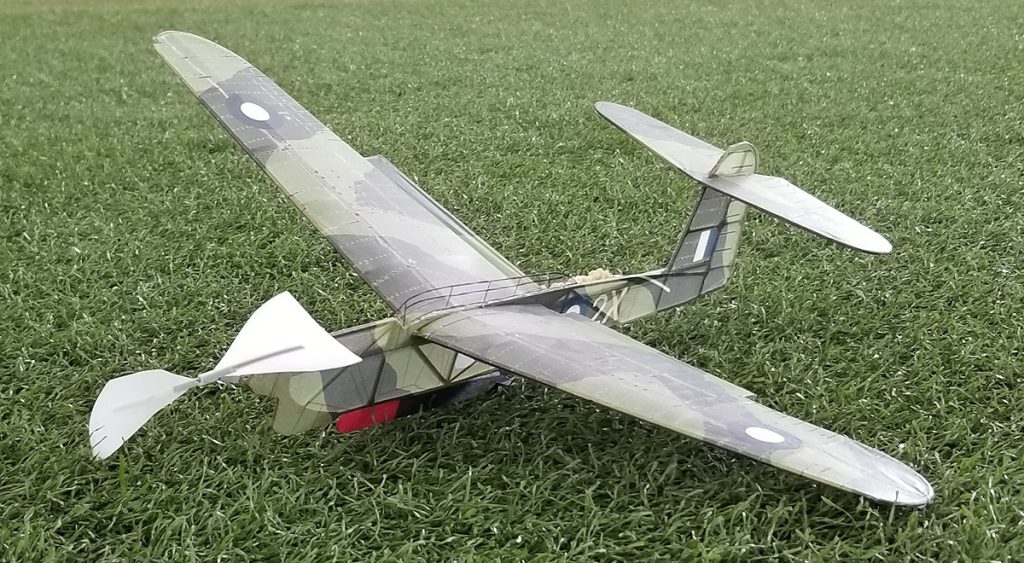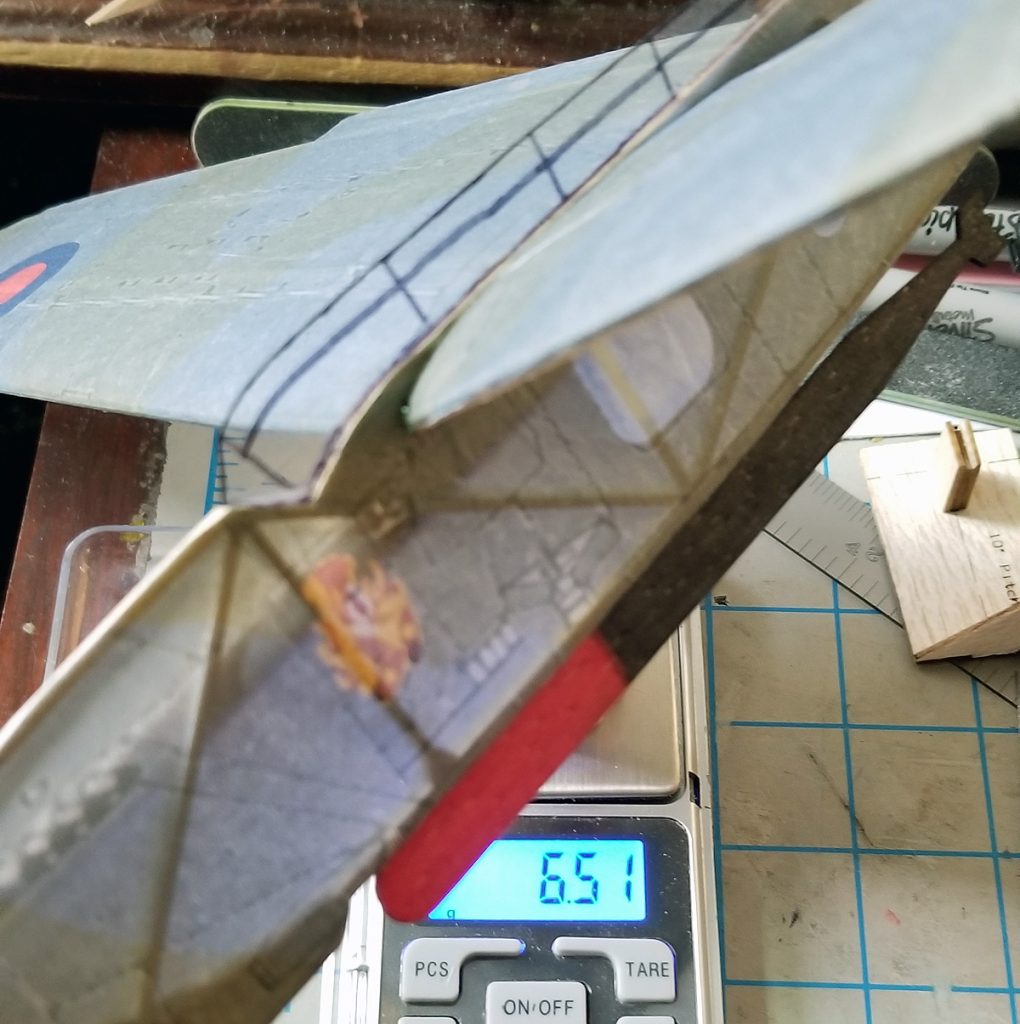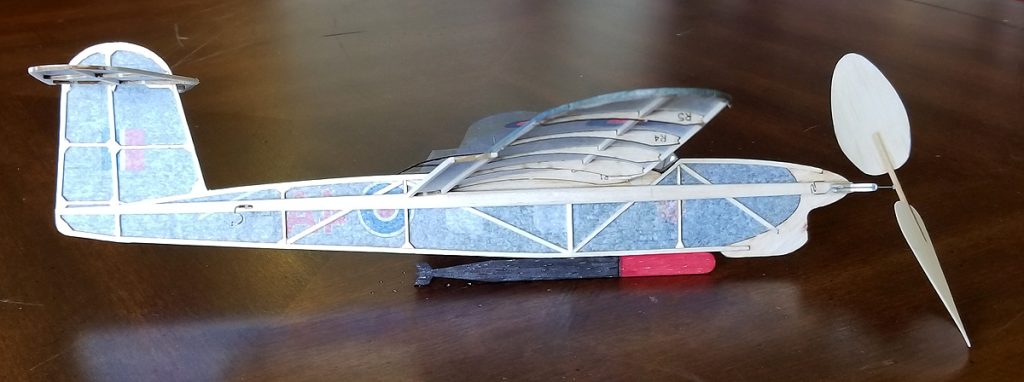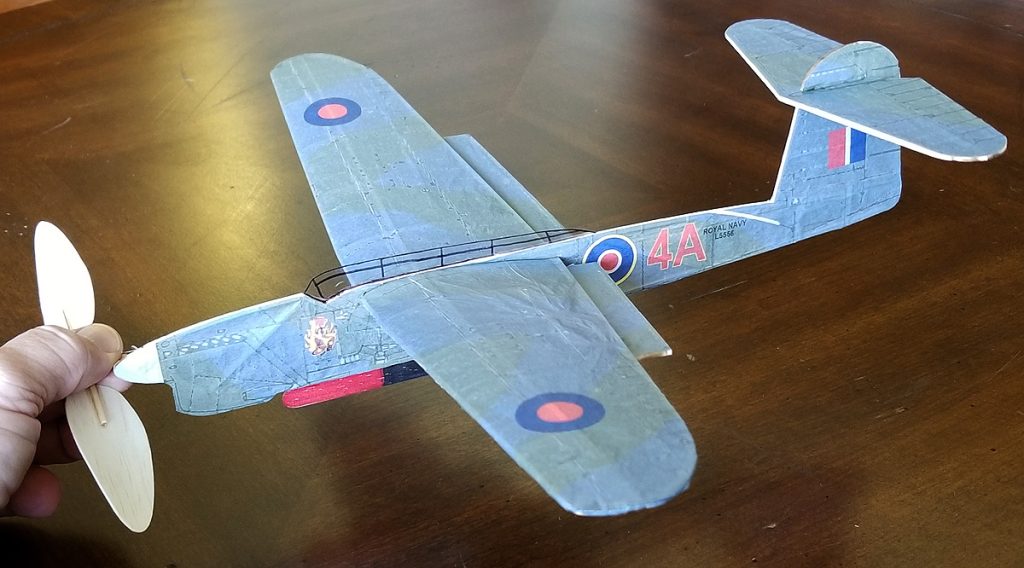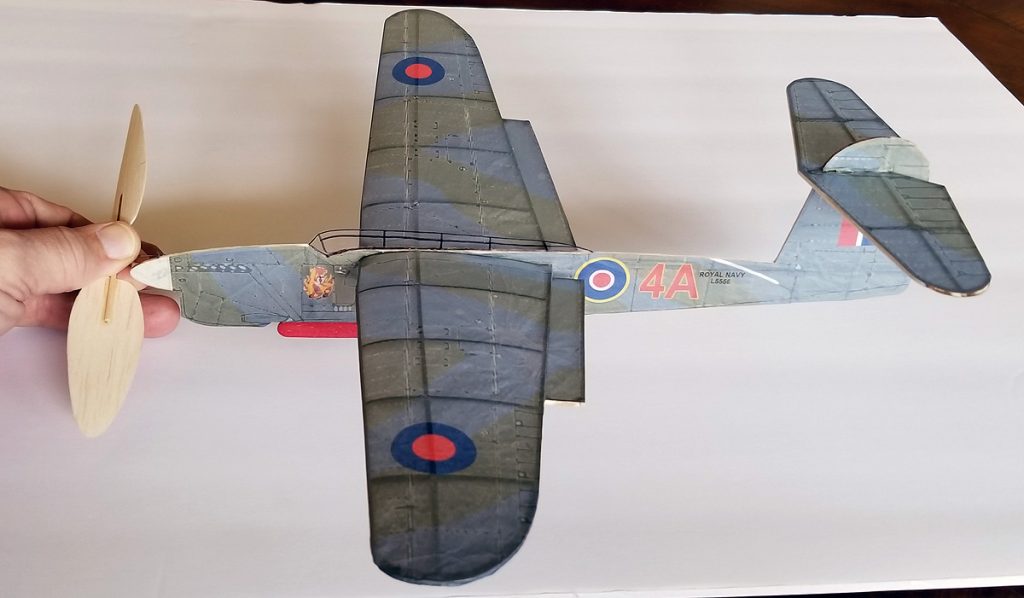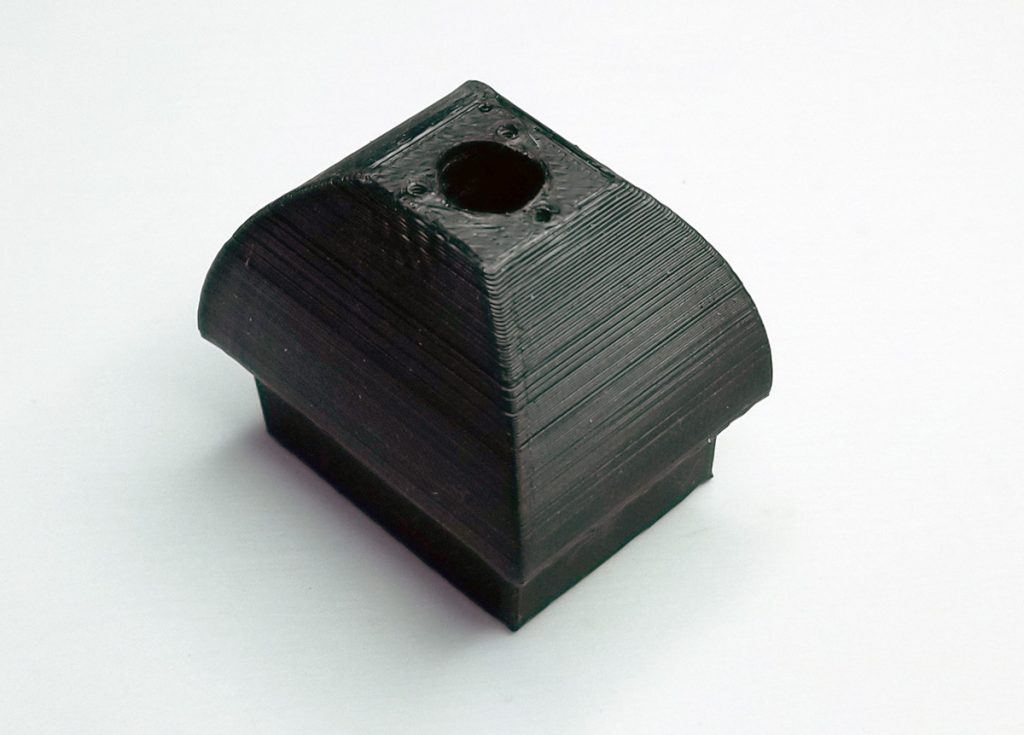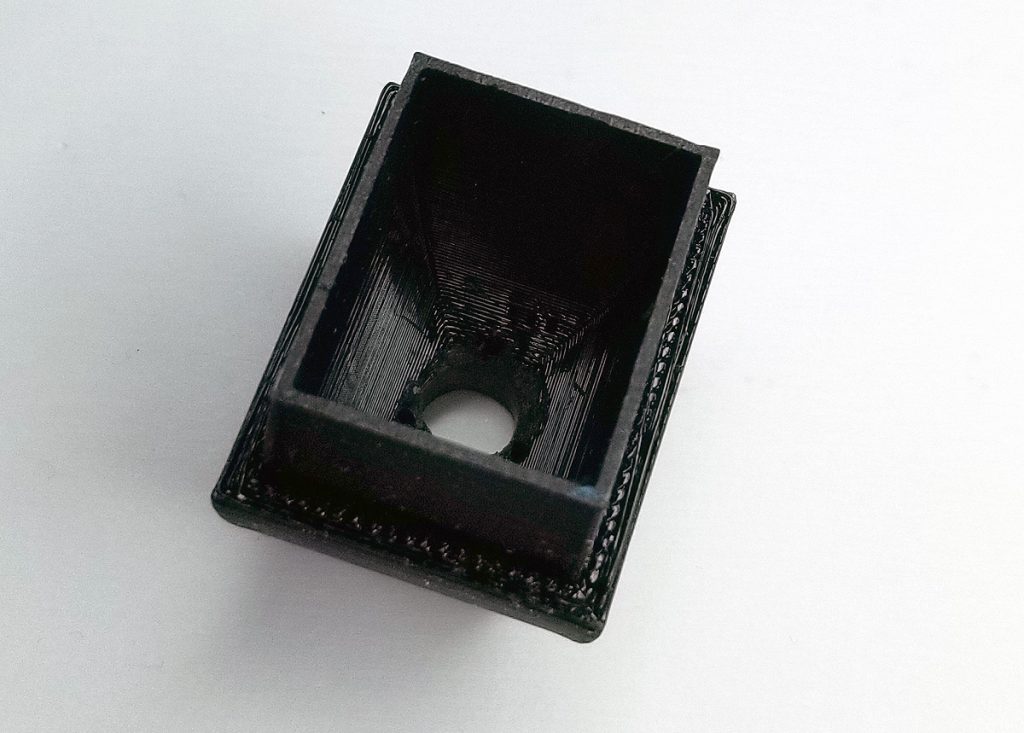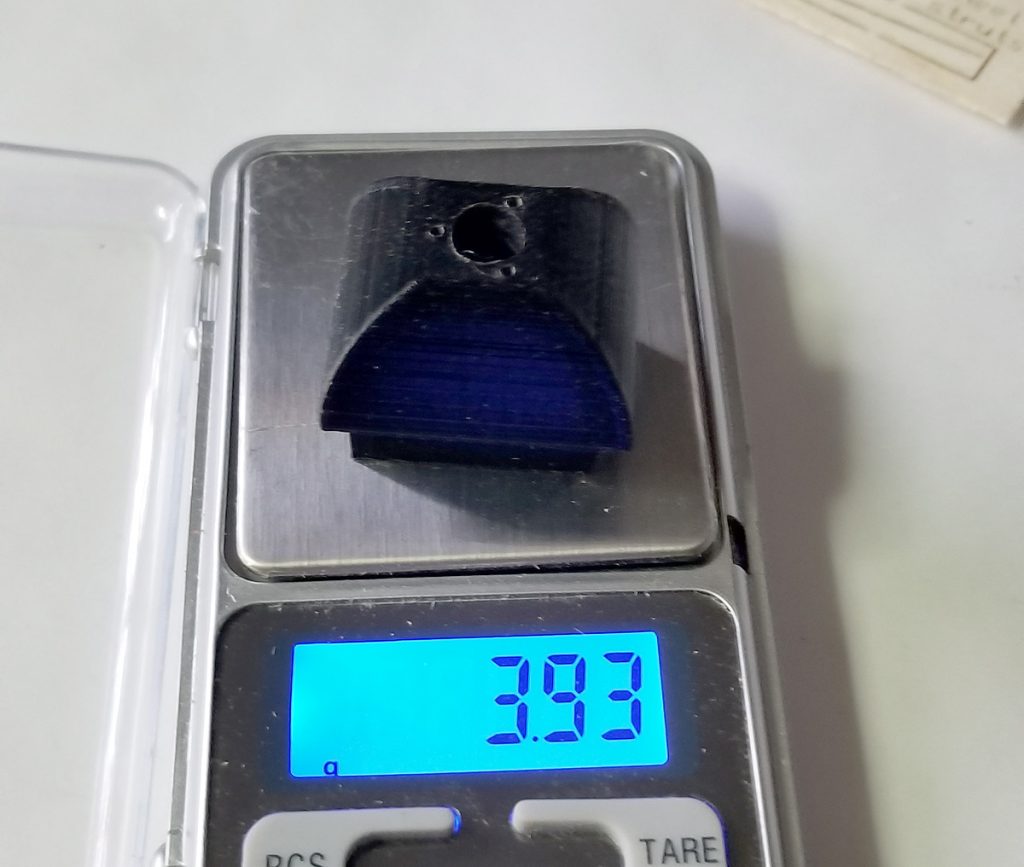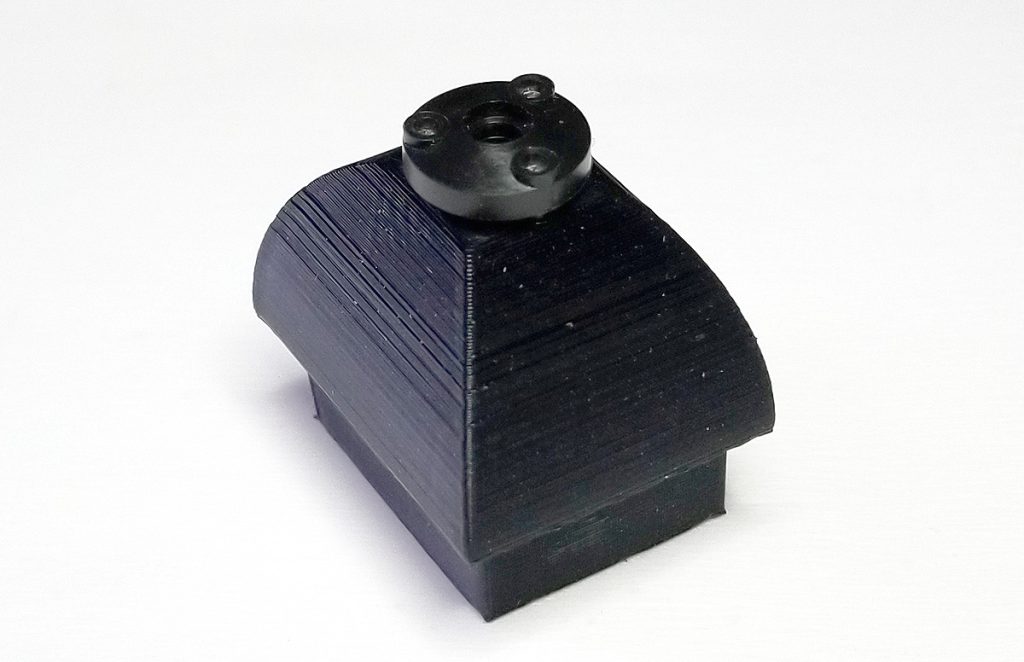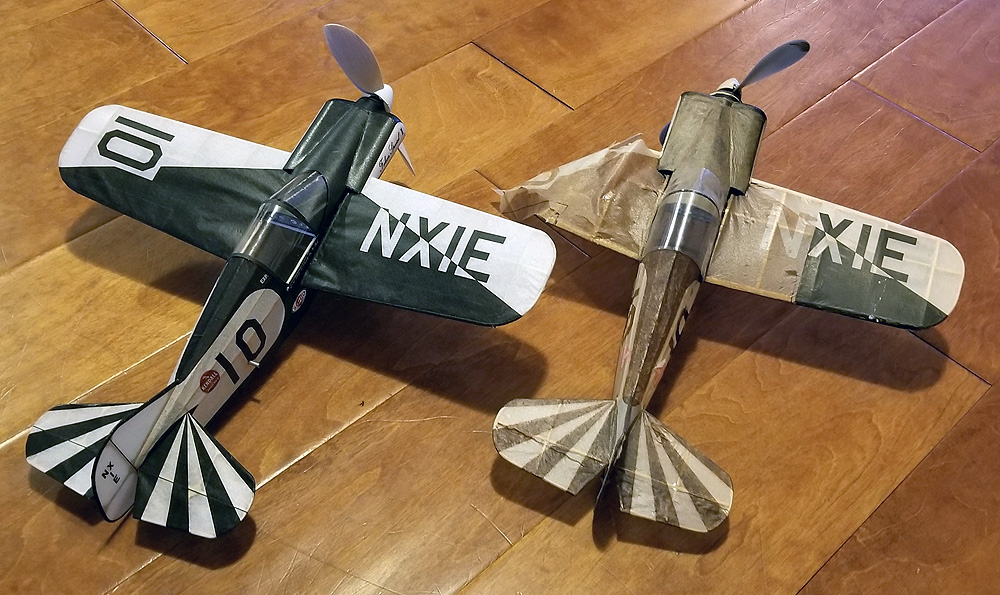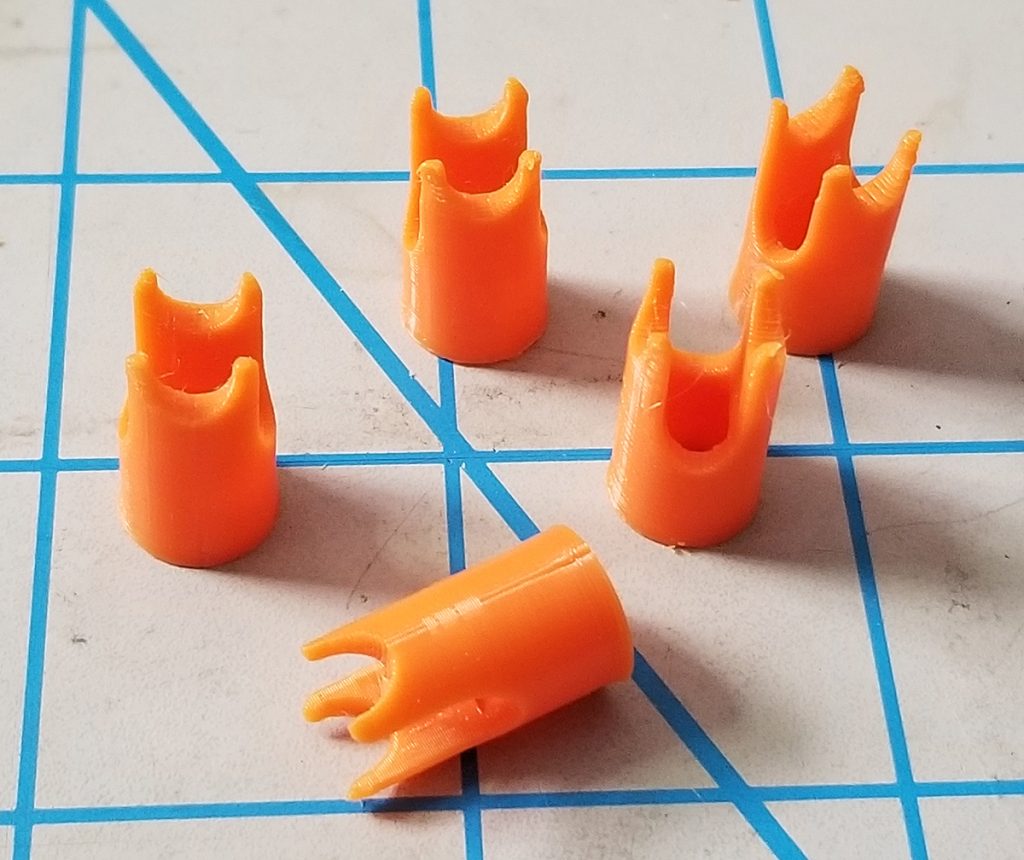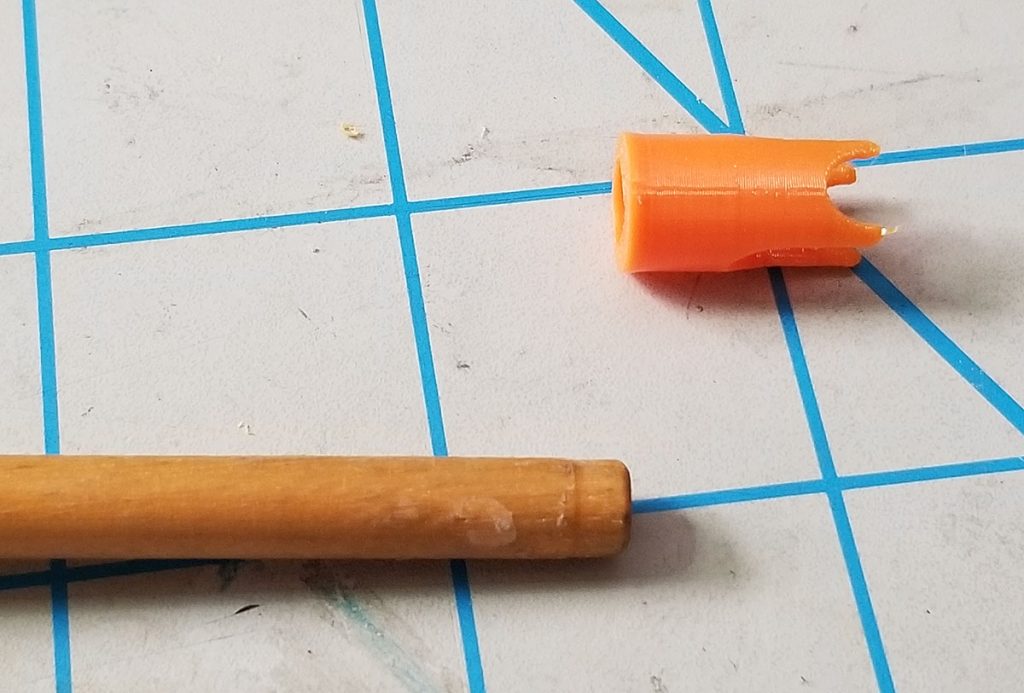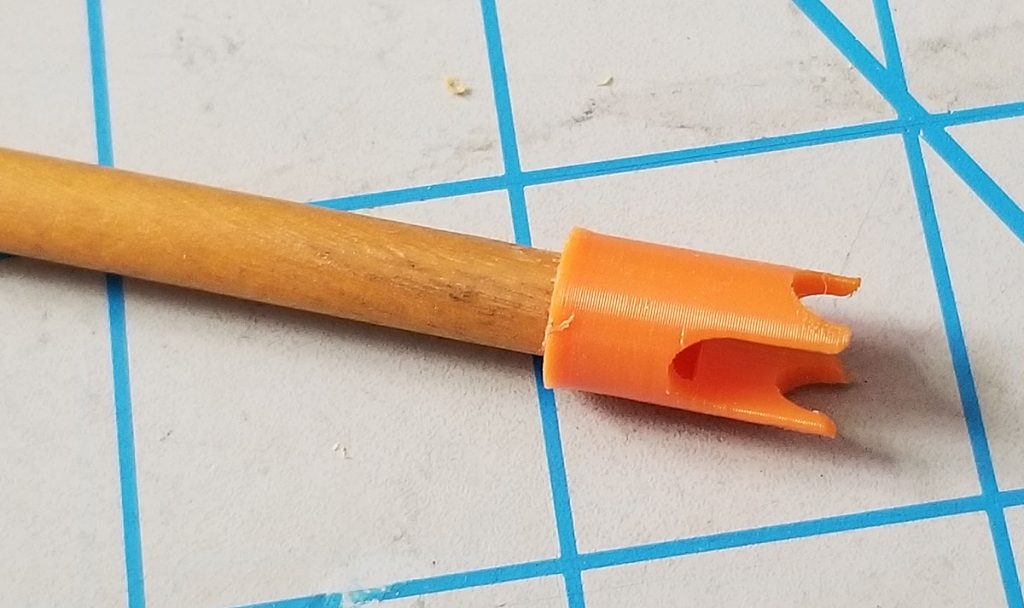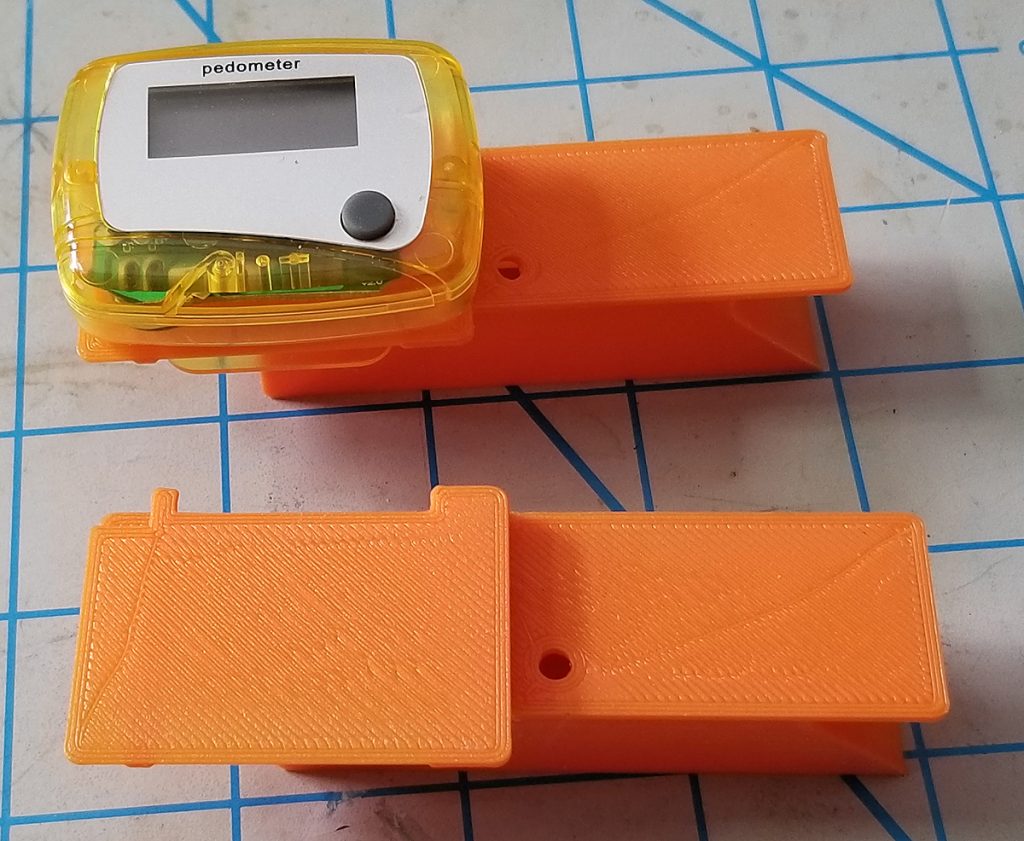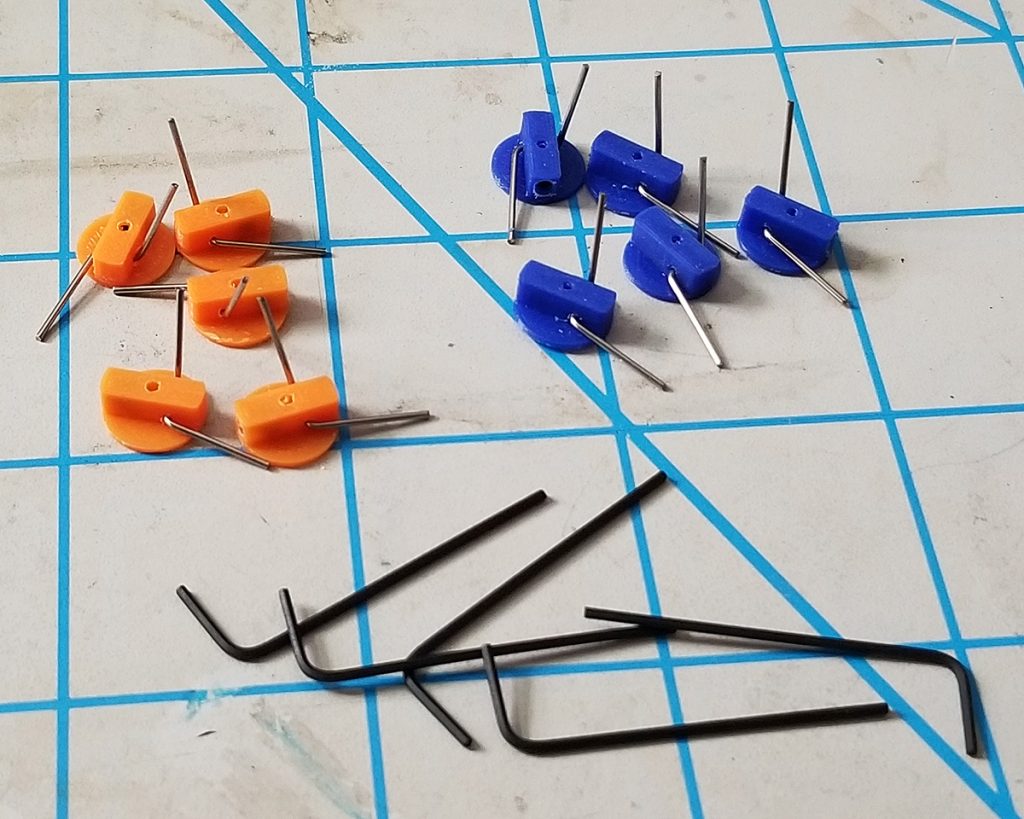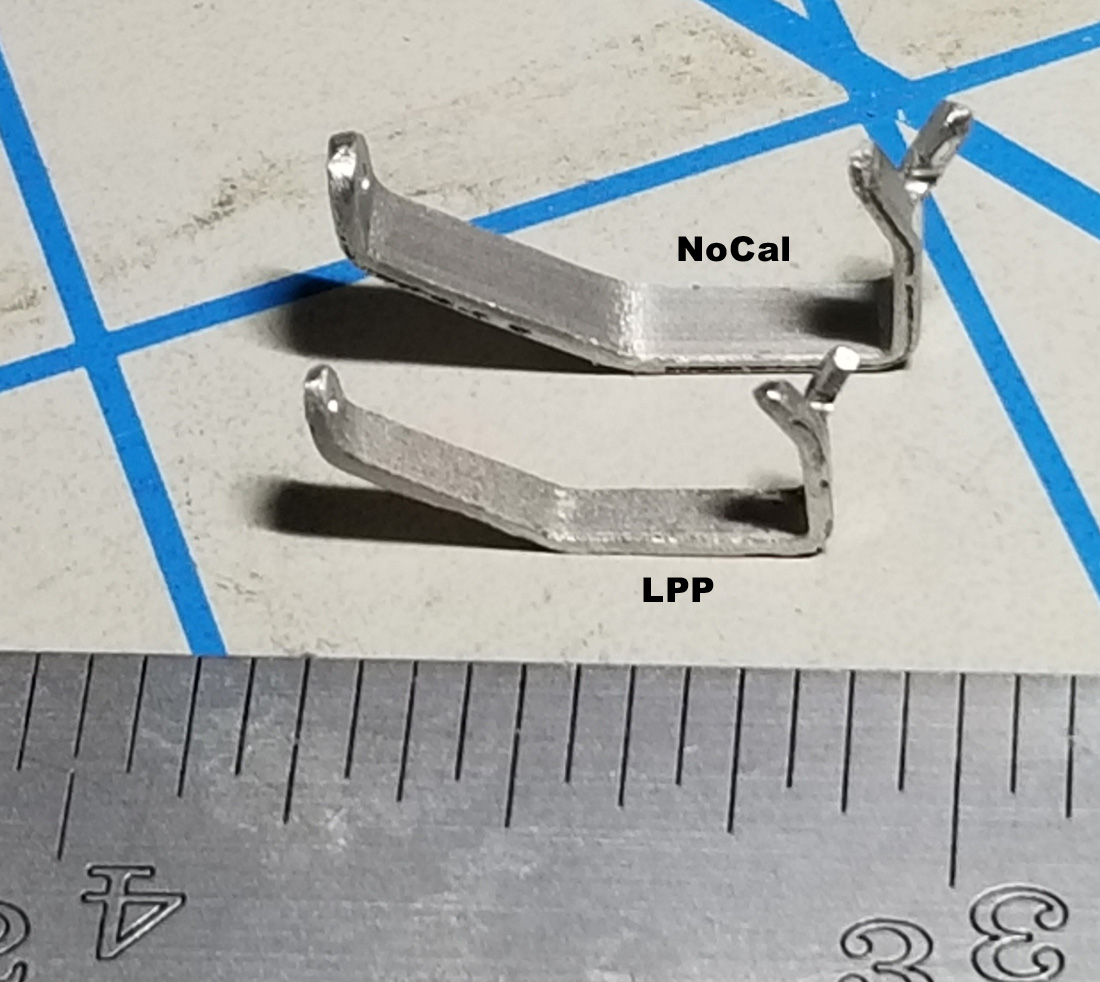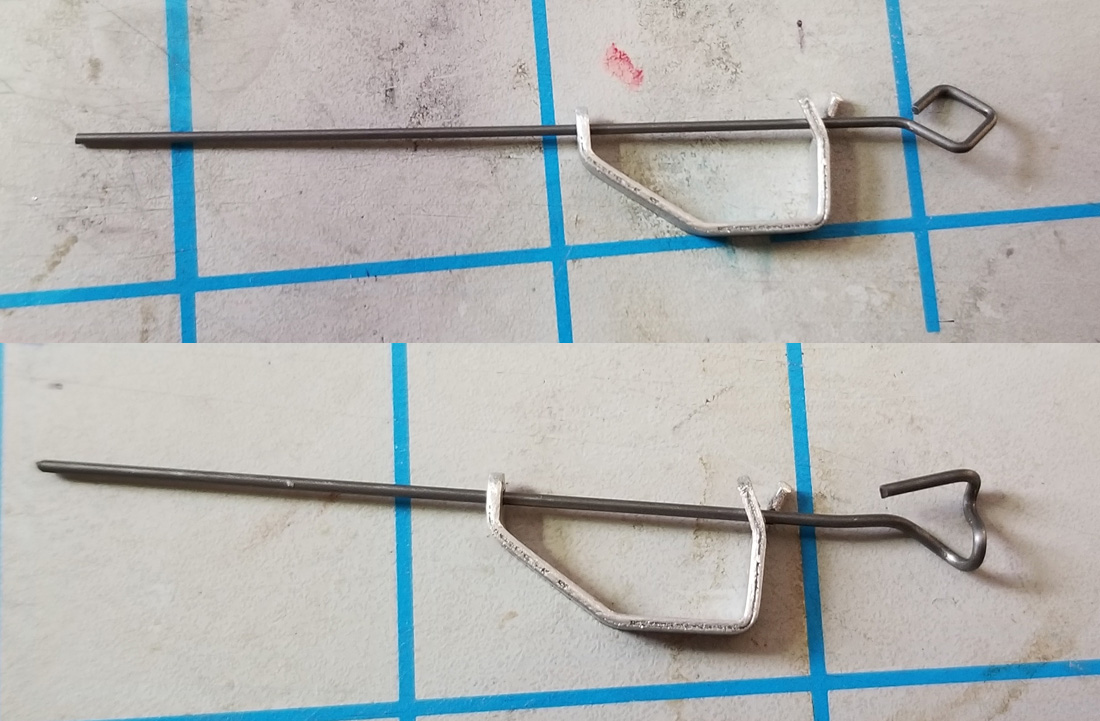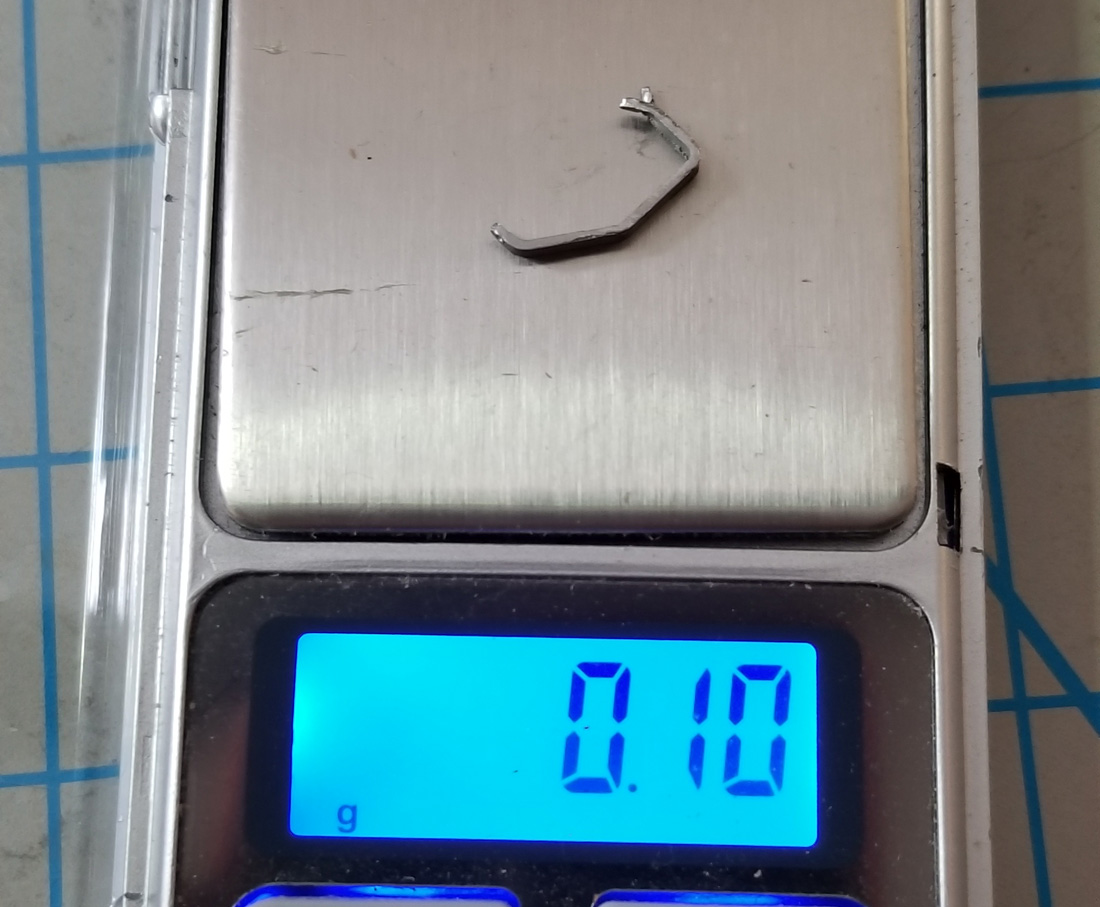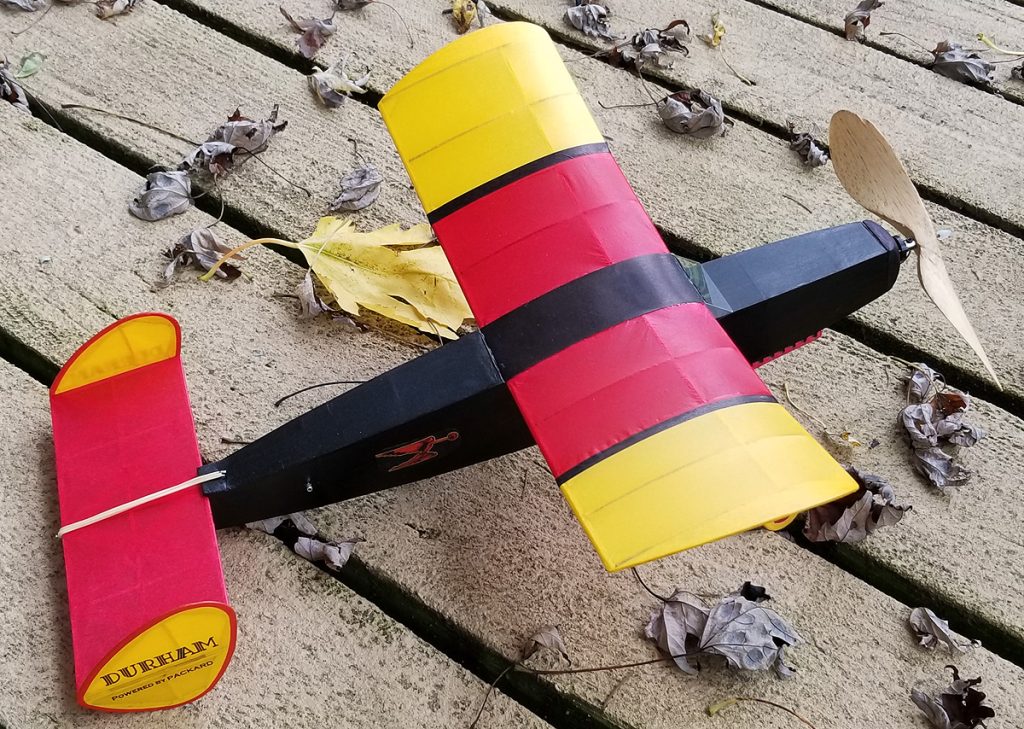Imagine a world where you’ve been flying Free Flight for years and years and, while you have had the occasional lost model, your efforts and skills do not require you to be overly concerned with flights over two minutes or fly-aways. Such was my life until about 4 or 5 years ago.
Then something happened – I started losing models with much more regularity. My planes were flying better and longer and were catching more thermals. I decided to try my hand at the Dark Art of Dethermalization. I’ve tried pop-up tails, pop-up wings, pop-off wings, and even swinging weight DTs. And while building the DT mechanism requires planning and careful adjustment to ensure there is so little friction that the mechanism works, a bigger challenge (for me) has been “How to Activate the DT”.
In my own personal trek, I am comfortable with burning fuse DTs. And when I say “comfortable”, I mean they are pretty easy to install, they are light-weight, and they work reliably (say 85% of the time?) If they don’t work, it is usually because the fuse was not fully lit or that it was damp and would not hold the burn. One problem for me has been an understanding of how long to make the fuse. Hence, most of my flying buddies will know that when I set a DT for a 2-minute flight, it might be 3 minutes or more before the DT pops. But I use them most often.
I have tried and tried (bench-tested) viscous DTs. I even make and sell one. But – and take this for what you will, even as a potential customer – I don’t trust them. I have never felt that 85% comfort that a burning fuse gives me. Try as I might, I cannot figure out how to set them to run for 2 minutes AND release the line. They always either go too fast to start (but still have power to release at the end) or they do run for two minutes (but have no remaining power to trip the release at the end. So, I do not use viscous DTs.
I have tried mechanical clock-work DTs (Tomy Timers), both homemade and commercial products. They do work and I think they are reliable. But again, – for me – it is a guess as to how long the countdown to release is. While the mechanics are governed and the shaft rotates at a set rate, I am often left wondering if I have twisted in 3 revolutions or 4 – or how many. In addition, they are heavier – 3-5 grams or more.
Now I have decided to try something new (to me) and very repeatable – an electronic timer with a band burner.
This is a small, single-action electronic DT, developed by Liav Hershkoviz and licensed to Bernard Guest of Hummingbird Model Products. With the connectors provided (they could be smaller) and the 3D-printed mounting shell, these come in at just under 3 grams all-up weight. (link at the bottom of the article)
I’ve decided to try these on my endurance models (where I am likely to encounter flights over 2 minutes. However, before I mounted this in a model, I knew that I needed to come up with a charger for the tiny, single-cell LiPo 40mAh battery. Bernard helped me find one that would not pump out too much power and ruin my little cells. I found the AdaFruit 1904 mini-charger (link at the bottom of the article).
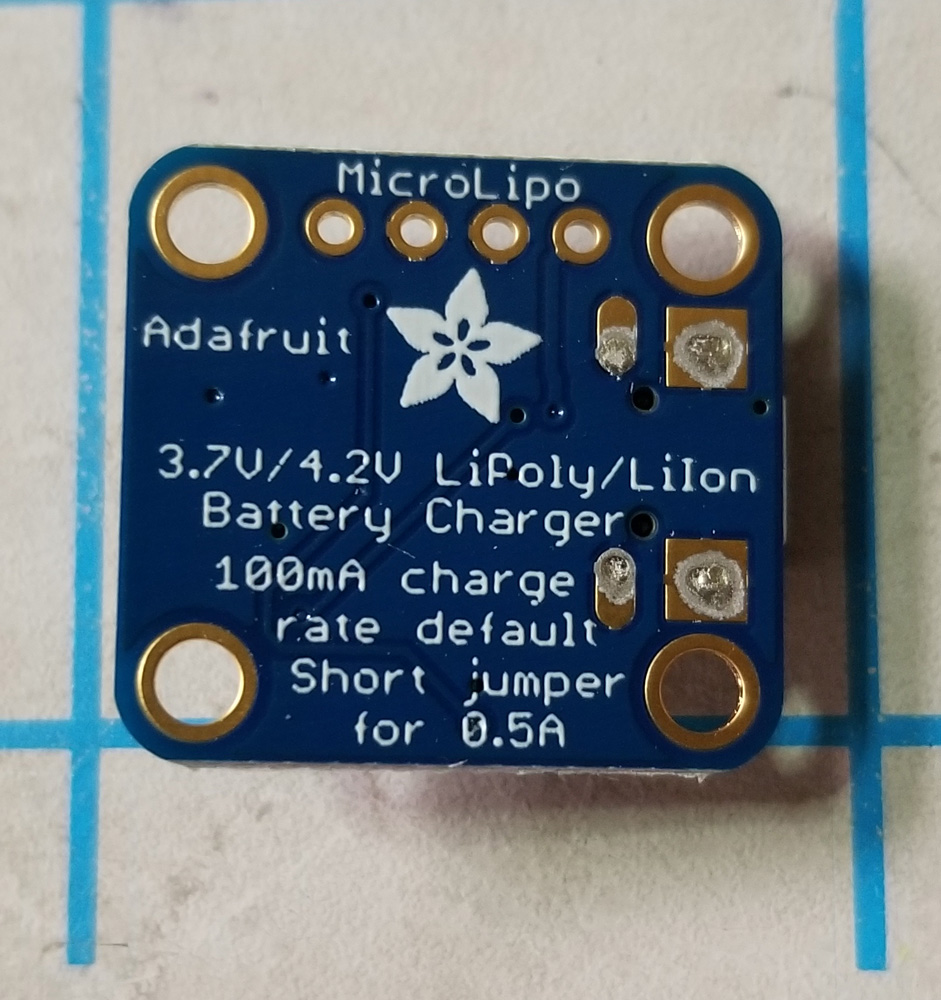
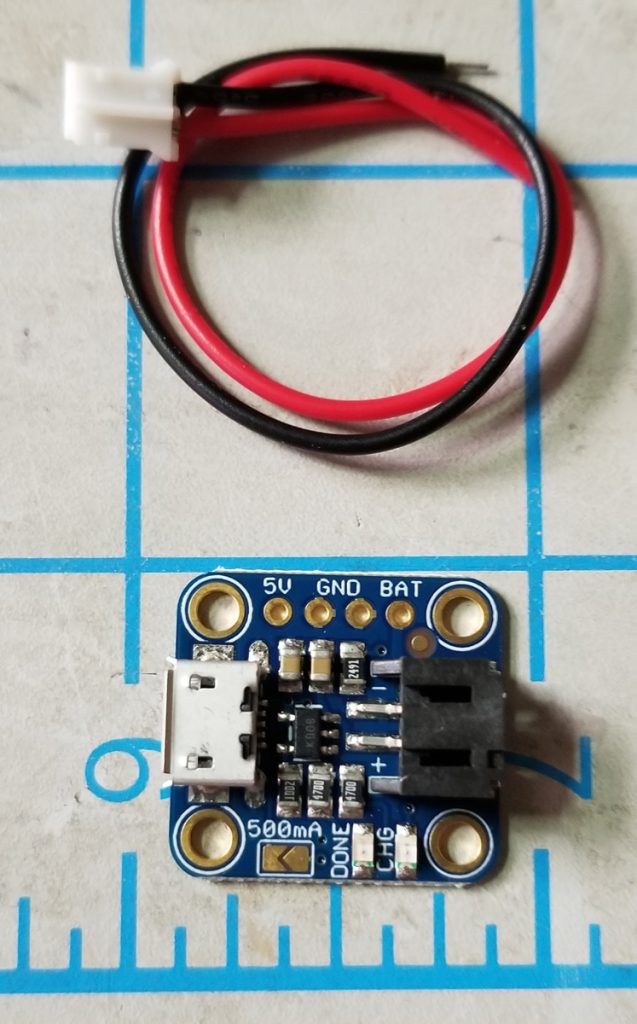 It comes as shown above, the small wire is the output. You will need to hook up a plug to match the pins on the battery. The connectors you choose are really up to you, but if you buy the batteries from Bernard, they come with a “standard Futaba servo plug”.
It comes as shown above, the small wire is the output. You will need to hook up a plug to match the pins on the battery. The connectors you choose are really up to you, but if you buy the batteries from Bernard, they come with a “standard Futaba servo plug”.
One of the nice things about this charger is that it runs on USB power and the power input is from a USB-Micro plug. This matches my plans exactly – because I wanted USB power so that I can just use a phone-charger-battery at the flying field, if I need to recharge these tiny batteries.
But, this tiny board is open to the elements. While I don’t plan on using this in the rain, I want something that will protect the board from abuse and short circuits. I found that someone has designed a 3D-printed case on Thingiverse (link at the bottom of the article). I downloaded the files and printed out a case. I bought some “clear” filament, too, so that the charger LEDs can be seen through the case.
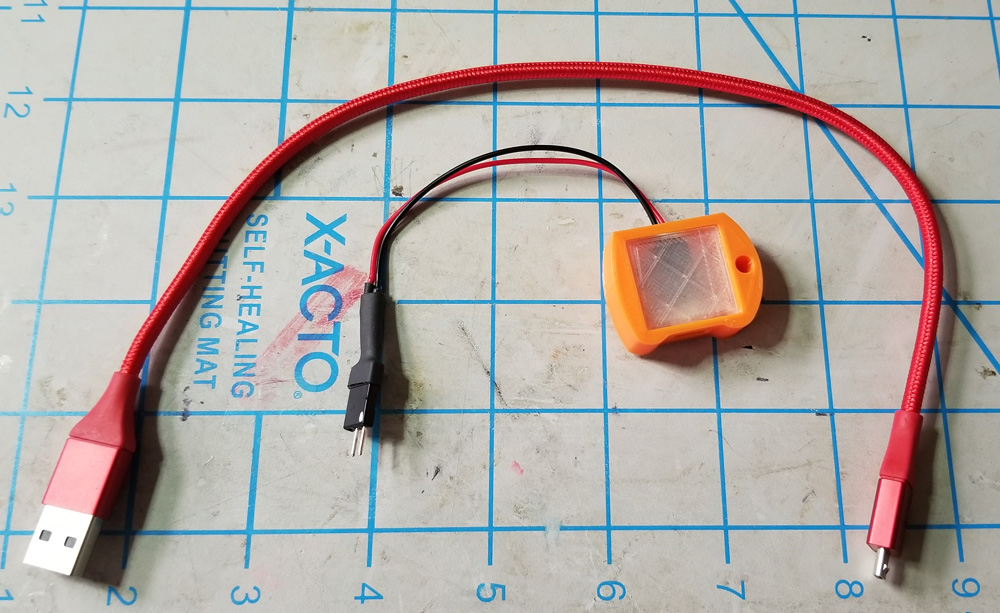 I decided to do my first install as a retro-fit into my Jimmie Allen Sky Raider (I had a home-made clockwork timer in there). I removed the old timer and installed this one. I built up a support for the board and then a cover for inside so that the board and battery were protected from the rubber beating on them.
I decided to do my first install as a retro-fit into my Jimmie Allen Sky Raider (I had a home-made clockwork timer in there). I removed the old timer and installed this one. I built up a support for the board and then a cover for inside so that the board and battery were protected from the rubber beating on them.
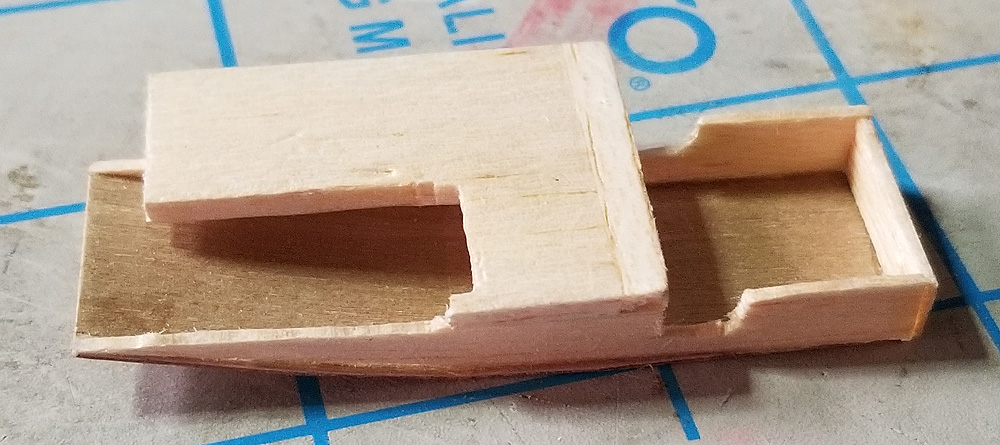
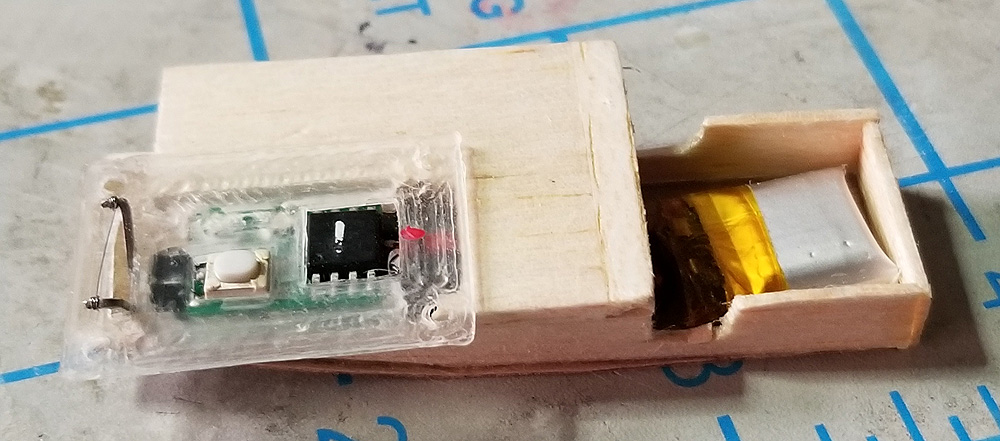 After programming the timer (video link at the bottom of the article), I confirmed the operation. I even made a video so that you could see how this operates. Here I have it set for 15 seconds, but will probably go with 2:15 for my flights. Once the time is programmed in, you just need to turn on the timer and activate it. It will always kick at that time. Here is the demo video:
After programming the timer (video link at the bottom of the article), I confirmed the operation. I even made a video so that you could see how this operates. Here I have it set for 15 seconds, but will probably go with 2:15 for my flights. Once the time is programmed in, you just need to turn on the timer and activate it. It will always kick at that time. Here is the demo video:
Hummingbird Model Product Band Burner DT: https://hummingbirdmodelproducts.com/timers-for-free-flight/tiny-band-burner-timer
Liav’s Timer Programming Instructions: https://www.youtube.com/watch?v=vlEIlWheRuk&t=1
AdaFruit 1904 Charger: https://www.adafruit.com/product/1904
Thingiverse AdaFruit Case: https://www.thingiverse.com/thing:2758551

